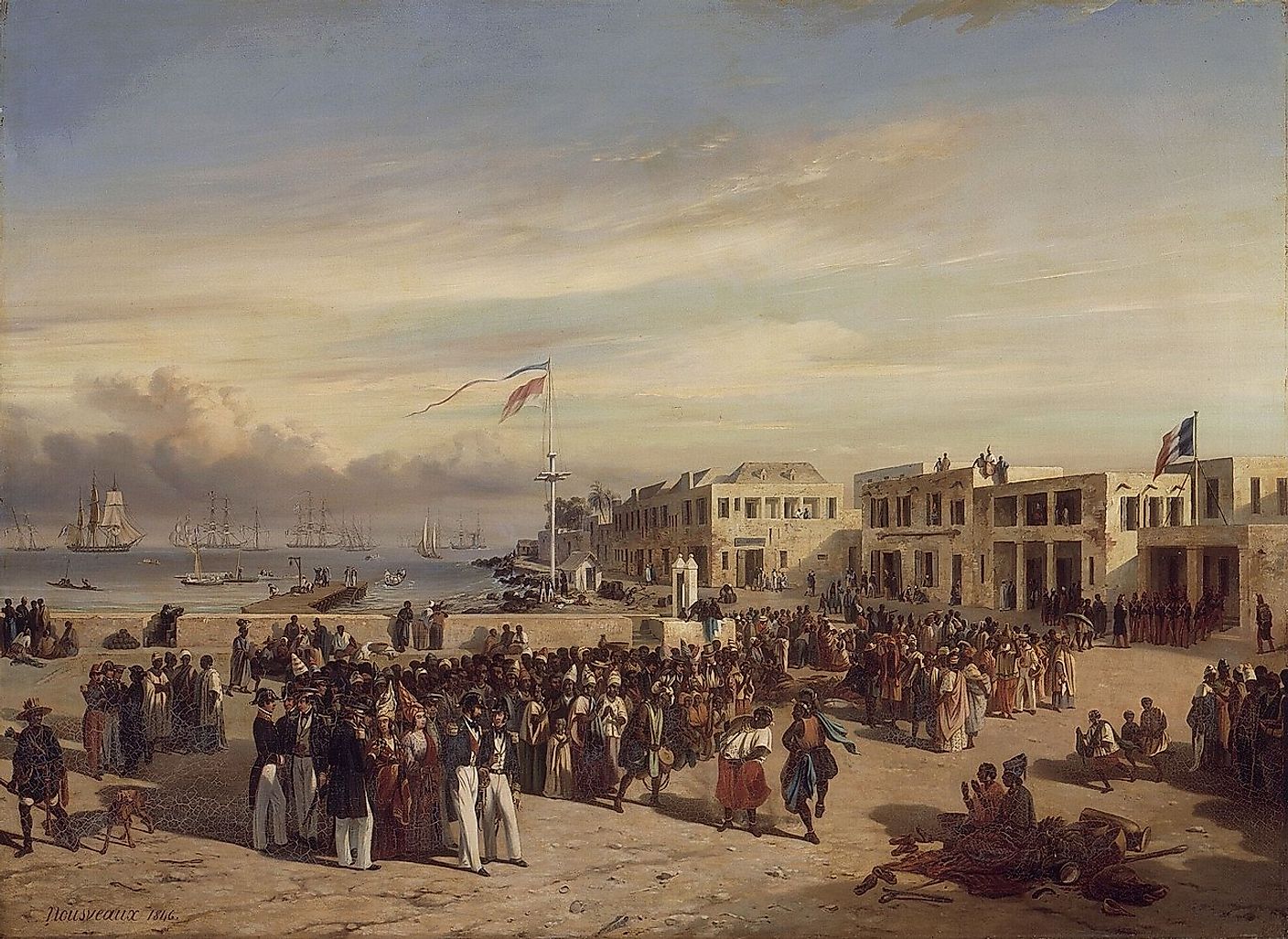
Second French Colonial Empire
The Second French Colonial Empire consisted of the colonial territories seized by France from 1830 until the mid-20th century. Having lost or ceded most of the colonial possessions of their First Colonial Empire, the French set about conquering new territories. But whereas France’s First Colonial Empire consisted mainly of colonies in North America and the Caribbean, France’s Second Colonial Empire would be based primarily in Africa, with some new parts in Asia. By the early 20th century, the Second French Colonial Empire reached its zenith, controlling 11.5 million sq. km of territory. After World War II, however, widespread unrest in the colonies forced France to grant them independence. The Second French Colonial Empire currently consists of French Guiana and some small islands in the Caribbean, Indian Ocean, and South Pacific.
End Of The First French Colonial Empire
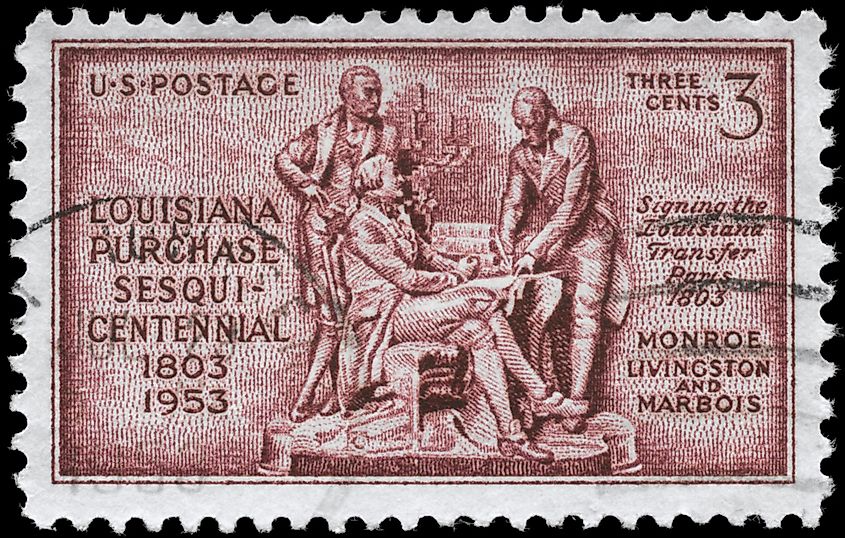
By the mid-18th century, France had established a vast empire known historically as the First French Colonial Empire. It consisted mainly of territories in North America and the Caribbean, with small territorial holdings in West Africa and the coasts of present-day India. By the mid-to-late 19th century, however, France had lost most of its colonial possessions. Many of them were lost in the conflict with the United Kingdom. After the Seven Years’ War (1756-1763), the French lost their North American colony of New France, most of the “sugar islands” in the Caribbean, its colony of Saint-Louis in present-day Senegal, and its colonies in India. In 1791, a slave revolt broke out in France’s most prosperous and vital colony of St. Domingue, ultimately culminating in the independence of Haiti in 1804. In 1803, France sold its extensive North American colony - the Louisiana territory to the United States in a transaction known as the Louisiana Purchase. Thus, most of the First French Colonial Empire ceased to exist by the early 19th century. After the Napoleonic Wars, however, France embarked on new colonial endeavors.
Rise Of The Second French Colonial Empire
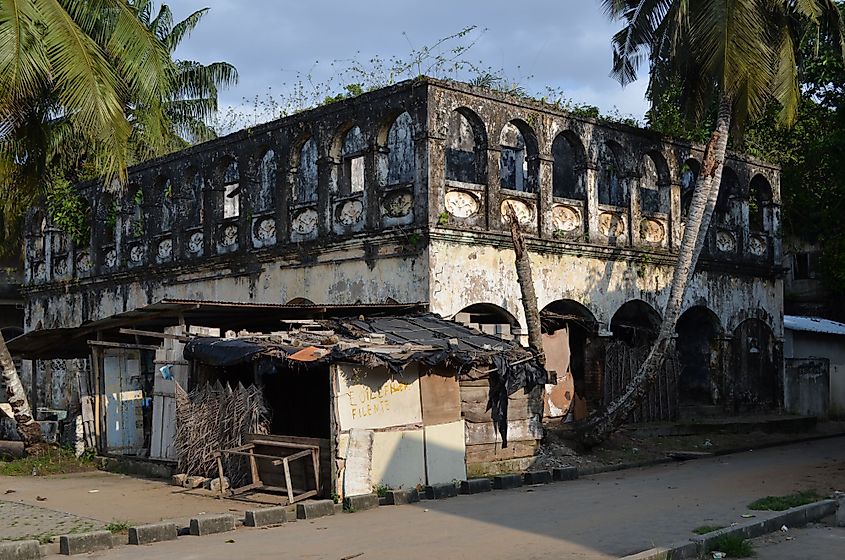
The beginning of the Second French Colonial Empire was marked by France’s invasion of present-day Algeria in 1830. It took the French 17 years to conquer the North African territory. By the mid-19th century, France had established control over Algeria and a sizeable amount of territory in coastal West Africa. France also established new colonies in southern Indochina and Polynesia. However, until the late 19th century, most of the Second French Colonial Empire colonies were not taken over by France. By the end of the 19th century, France had conquered all of what became French Indochina. They also controlled most of West Africa, including the territories of the present-day countries of Mauritania, Senegal, Guinea, Mali, Côte d'Ivoire, Benin, Niger, Chad, the Central African Republic, and the Republic of Congo. In addition, the French took control of present-day Tunisia and established the East African enclave of Djibouti. In 1911, France seized control of Morocco. The last imperial gains for the Second French Colonial Empire were made in the aftermath of World War I. France had taken control of former Ottoman territory, which eventually became present-day Syria and Lebanon. The French also gained control of the former German colonies in Africa, Togo, and Cameroon. Thus, after WWI, the Second French Colonial Empire was at its peak.
Structure Of The Second French Colonial Empire At Its Height
The Second French Colonial Empire was not ruled uniformly. In other words, governmental structures were different depending on the colonies in question. The commonality throughout the Second French Colonial Empire was that France was the ultimate authority regardless of what type of government was established in any given colony. France also directly ruled some French imperial possessions. Algeria, for example, was placed under direct French rule, primarily because of its proximity to France itself. Until Algeria achieved its independence in 1962, the French considered it an inseparable part of their country. Most of the Second French Colonial Empire was under direct rule by France until the end of World War II.
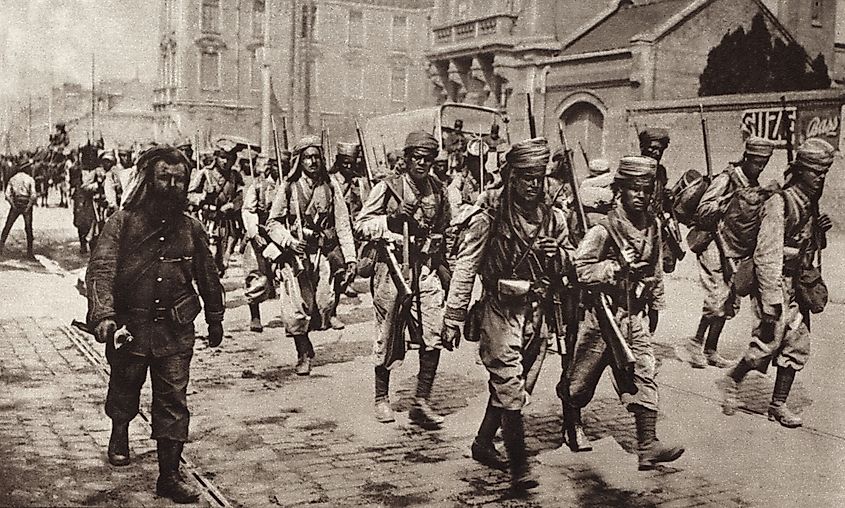
In some cases, however, the French did set up protectorates in their colonial possessions. In these cases, local, indigenous leaders and institutions were kept intact to give the appearance of sovereignty. In Morocco, for example, the country’s Sultan was allowed to keep his position and rule by decree. His decrees, however, had to be approved by the French administration. Generally speaking, the French did not want to interfere in local affairs. Thus, they preserved local laws, institutions, and traditions, mainly where religion was concerned. The French did, however, try to impose certain social and cultural norms. Slavery, for instance, was abolished throughout the French Empire in 1848, much to the chagrin of some French colonial subjects such as the local rulers of Cambodia, who were reluctant to abandon the practice as it was very lucrative. The French even debated the possibility of applying French law to all of the colonies and giving the residents of those colonies citizenship. As it turned out, though, very few people from the colonies were granted French citizenship. Indeed, the French generally viewed their colonial subjects as inferior and believed it was their job to “civilize” them.
Fall Of The Second French Colonial Empire
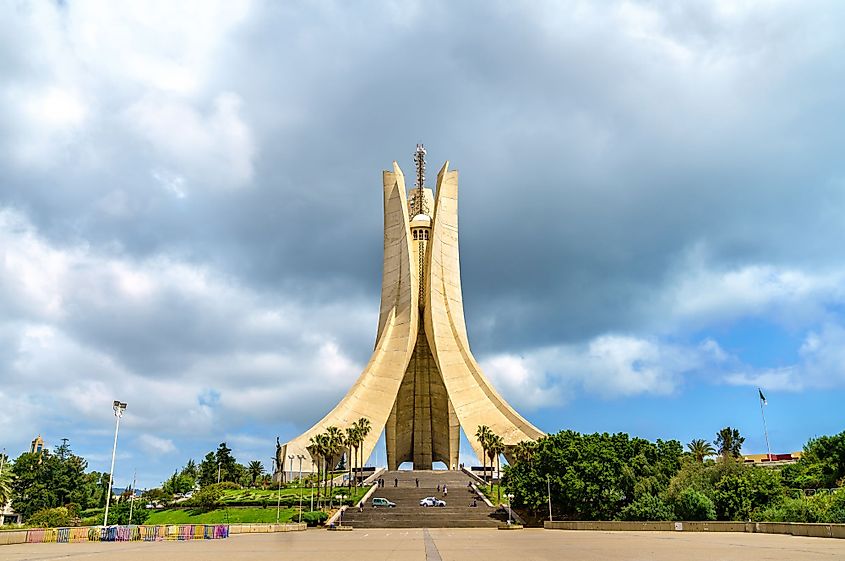
After the Second World War, the Second French Colonial Empire began to decline rapidly. By the late 1940s, much of French Africa possessed an indigenous educated and politicized class who resented not having any say in how they were governed. Pro-independence leaders and movements emerged, such as the African Democratic Rally in French West Africa. The French tried to appease their colonial subjects by giving them more power to govern themselves, but eventually, these efforts were for naught. Thus, by 1960, nearly all the French colonies in Africa effectively became independent states.
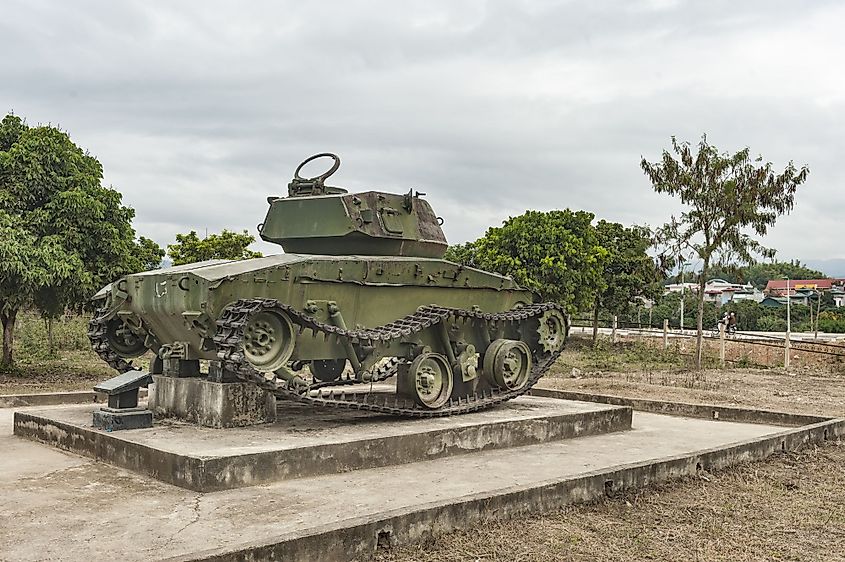
Meanwhile, France suffered violent resistance to its rule in Indochina. After the Japanese occupation of the region ended, France tried to restore its power there. They reoccupied Laos and Cambodia, but faced resistance in Vietnam after the communist Viet Minh, under the leadership of Ho Chi Minh, proclaimed the establishment of the Democratic Republic of Vietnam. However, France opposed Vietnam’s independence, and war broke out between French forces and the Viet Minh. In 1953, the French granted independence to Cambodia, then to Laos one year later. Finally, on May 7, 1954, the Viet Minh defeated the French at the battle of Dien Bien Phu, marking the end of French rule in Indochina. By the beginning of the 1960s, France had but one significant colony left, Algeria. As previously mentioned, the French were reluctant to grant Algeria independence since it was in such close proximity to France itself. Moreover, unlike most of France’s other colonies, Algeria had a large population of European settlers. In addition, Algeria’s large Jewish community feared that if their country were granted independence, they would be subject to reprisals by the Muslim majority, who viewed them as France’s allies. Ultimately, however, the French gave Algeria freedom in 1962.
After the loss of Algeria, France’s colonial empire was reduced to mostly a few islands in the Caribbean, Indian Ocean, and South Pacific. Today, France still maintains control over most of these islands. Its only remaining mainland territory is French Guiana, located on South America’s Caribbean coast. In most of these colonies, residents are full French citizens entitled to representation in France’s National Assembly, just as if they lived in France itself. Some people in France’s remaining colonies seek to follow in the footsteps of other former colonies and become fully independent, while others prefer to remain under French sovereignty.











